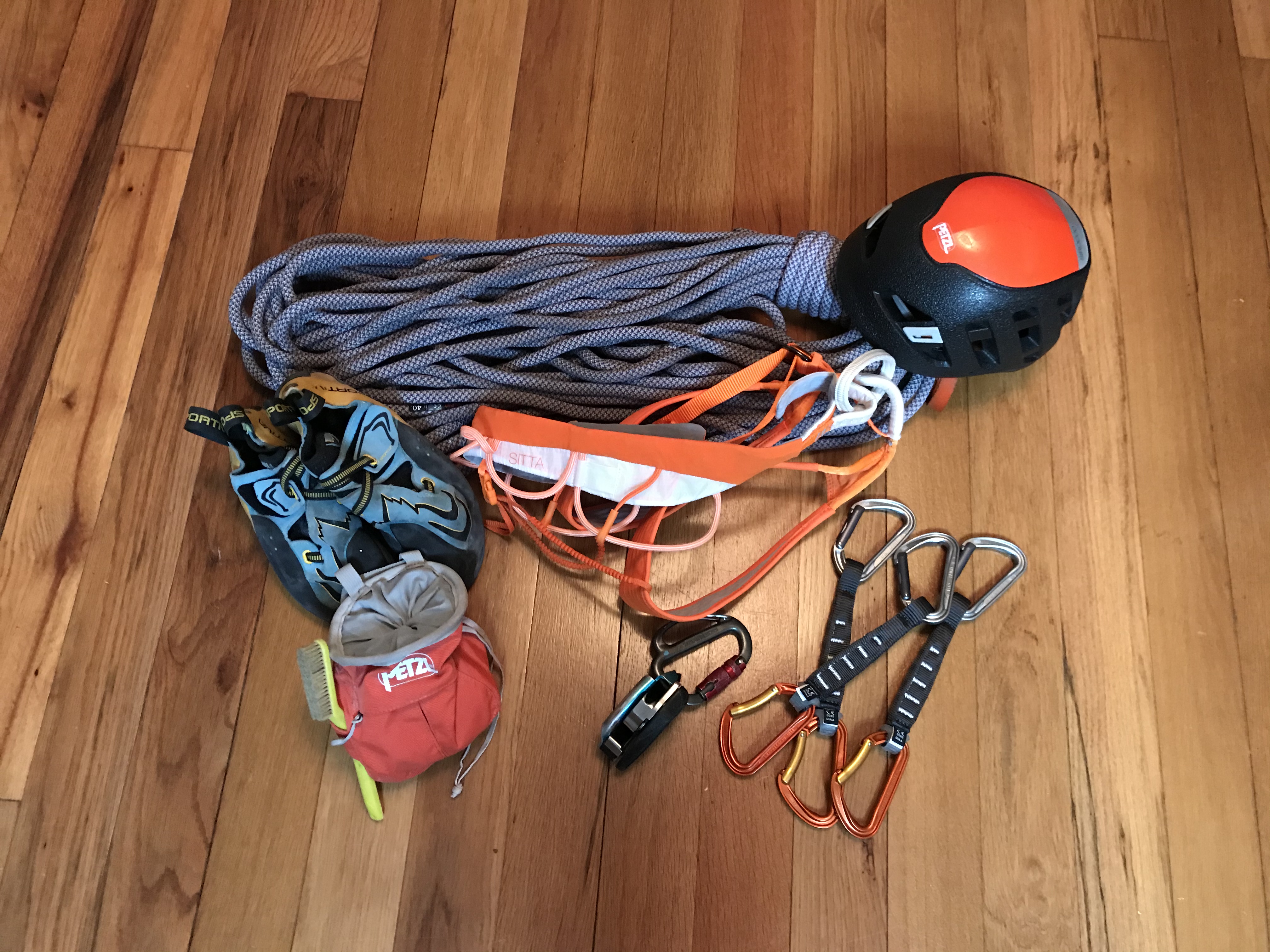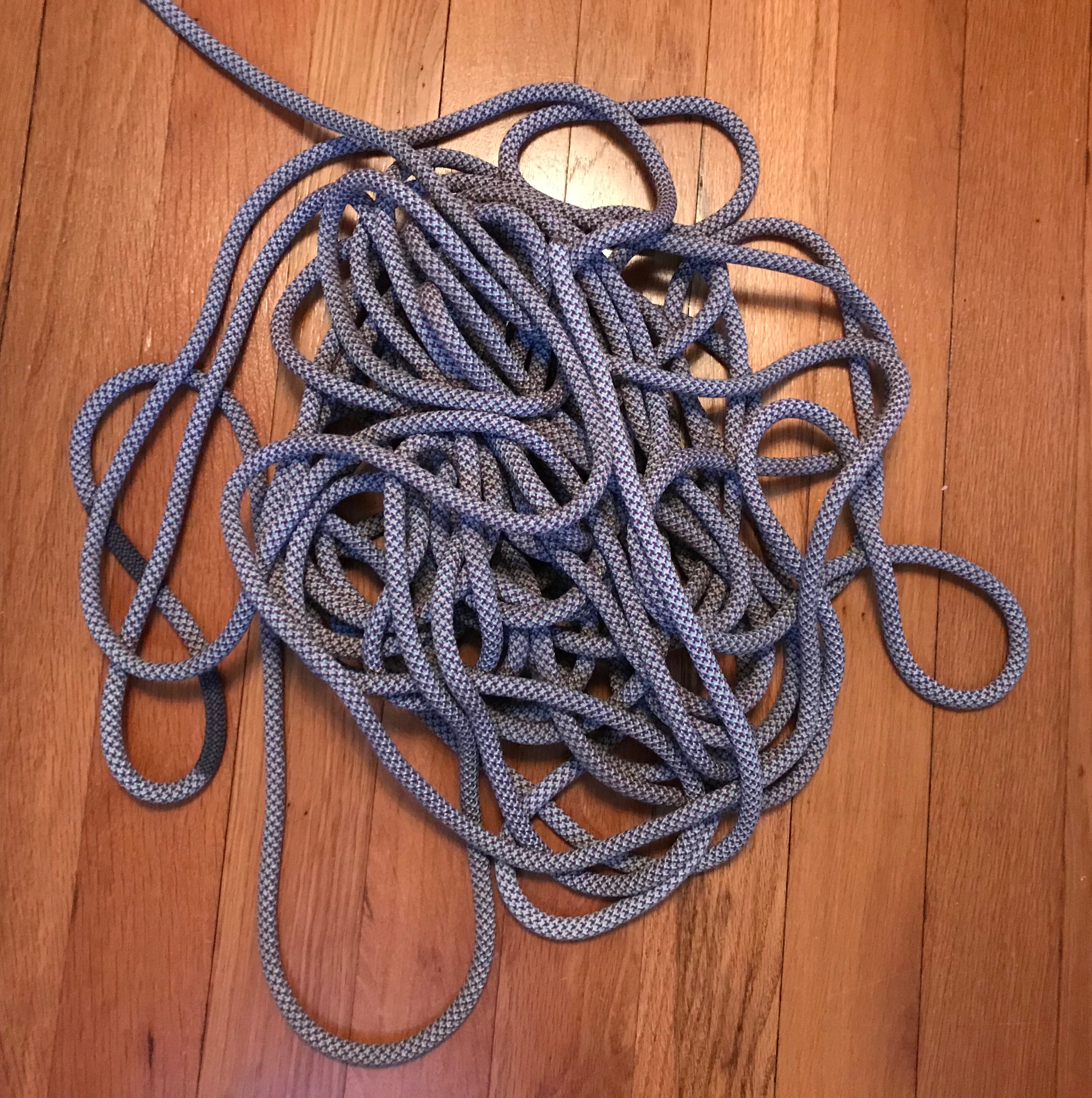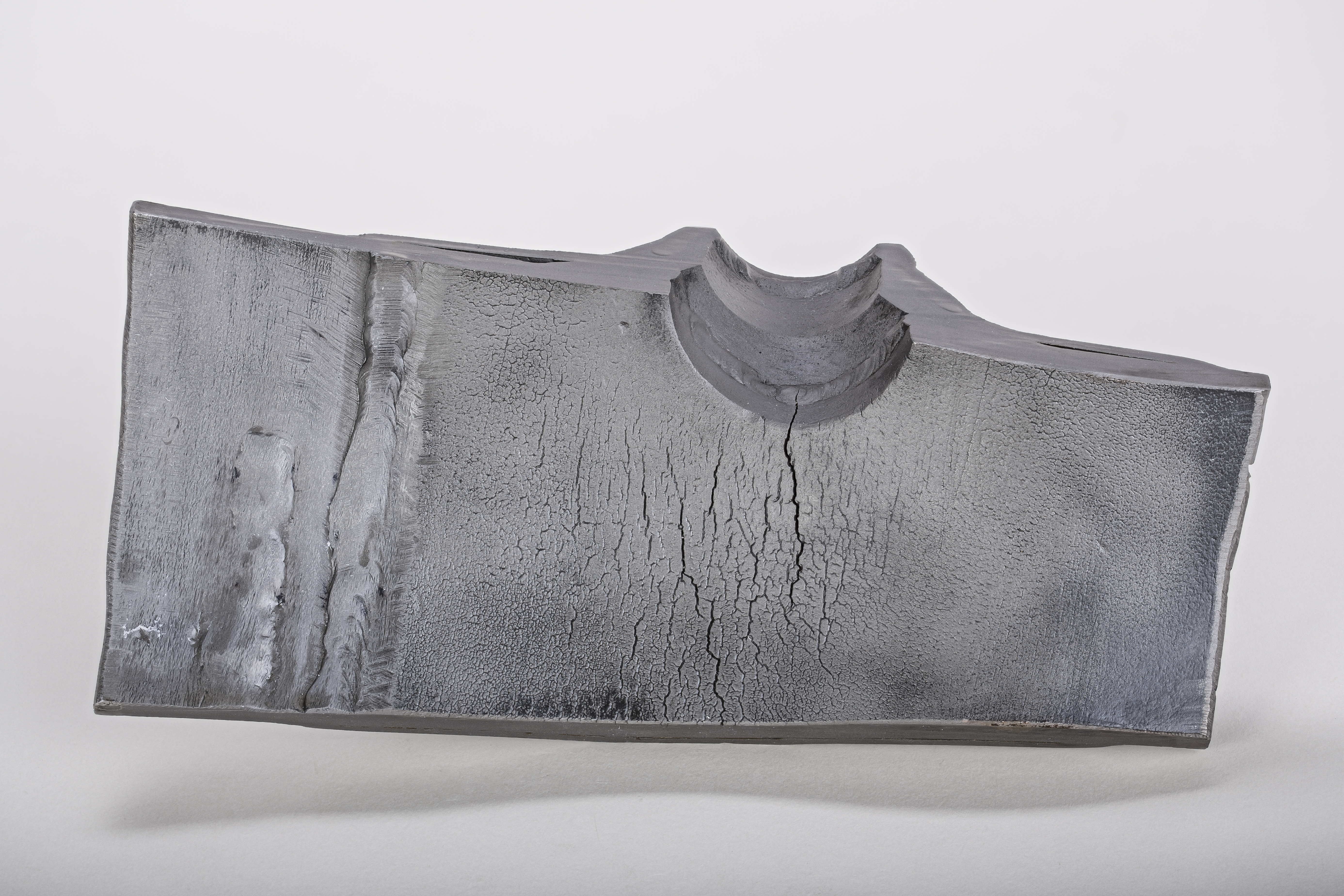|
Bolt (climbing)
In rock climbing, a bolt is a permanent anchor fixed into a hole drilled in the rock as a form of protection. Most bolts are either self-anchoring expansion bolts or fixed in place with liquid resin. Description While bolts are commonplace in rock and gym climbing there is no universal vocabulary to describe them. Generally, a ''bolt hanger'' or a ''fixed hanger'' is a combination of a fixed bolt and a specialized stainless steel hanger designed to accept a carabiner, whereas in certain regions a ''bolt runner'' or a ''carrot'' describes a hangerless bolt (where the climber must provide their own hanger bracket and sometimes lock nut). A ''ring bolt'' has a loop on one end so it presents as a U-shape embedded in the wall. A climbing rope is then clipped into the carabiner. Generally quickdraws or slings are employed between bolt hangers and the rope to reduce drag when ascending, belaying and rappelling. Use Bolts are used in sport climbing as a backup to catch a fall, but ... [...More Info...] [...Related Items...] OR: [Wikipedia] [Google] [Baidu] |
Carabiner
A carabiner or karabiner () is a specialized type of shackle, a metal loop with a spring-loaded gate used to quickly and reversibly connect components, most notably in safety-critical systems. The word is a shortened form of ''Karabinerhaken'' (or also short ''Karabiner''), a German phrase for a "spring hook" used by a carbine rifleman, or carabinier, to attach his carabin to a belt or bandolier. Use Carabiners are widely used in rope-intensive activities such as climbing, fall arrest systems, arboriculture, caving, sailing, hot air ballooning, rope rescue, construction, industrial rope work, window cleaning, whitewater rescue, and acrobatics. They are predominantly made from both steel and aluminium. Those used in sports tend to be of a lighter weight than those used in commercial applications and rope rescue. Often referred to as carabiner-style or as mini-biners, carabiner keyrings and other light-use clips of similar style and design have also become popular. Most ar ... [...More Info...] [...Related Items...] OR: [Wikipedia] [Google] [Baidu] |
Sport Climbing
Sport climbing (or Bolted climbing) is a form of rock climbing that relies on permanent anchors (or bolts), permanently fixed into the rock for climber protection, in which a rope that is attached to the climber is clipped into the anchors to arrest a fall; it can also involve climbing short distances with a crash pad underneath as protection. This is in contrast to traditional climbing where climbers must place removable protection as they climb. Sport climbing usually involves lead climbing and toproping techniques, but free solo and deep-water solo (i.e. no protection) climbing on sport routes is also sometimes possible. Since sport climbing routes do not need to follow traditional climbing route lines where protection can be placed into natural features (e.g. cracks), they tend to follow more direct lines up crags. This aspect, in addition to the lack of any need to install protection during the climb (e.g. the sport climber just clips into pre-installed bolts along th ... [...More Info...] [...Related Items...] OR: [Wikipedia] [Google] [Baidu] |
Maillon
A maillon, maillon rapide or quick link is a metal link, similar to a carabiner. Maillons have a threaded sleeve which tightens over a thread, as opposed to a hinged gate like a carabiner, making them stronger, but more difficult to use. Like carabiners, maillons are available in a range of shapes and thicknesses (i.e., strengths), and often offer greater versatility over carabiners as their different shapes and lack of hinged gates allow them to be used in multi-directional load situations. The word ''maillon'' comes from the French language, meaning "link". Usage Maillons are used primarily in climbing and caving. In caving, they are used to make secure and vital connections such as those required when using single rope technique,http://www.cave-crag.co.uk/721/Maillon-Rapide-10mm-Semi-Circular.html or for attaching ropes to anchor points. In climbing, they are used to construct leave-in-place abseil anchors. Maillons can also be used for fastening harnesses with a dual attachme ... [...More Info...] [...Related Items...] OR: [Wikipedia] [Google] [Baidu] |
Climbing Equipment
A wide range of equipment is used during rock or any other type of climbing that includes equipment commonly used to protect a climber against the consequences of a fall. Rope, cord and webbing Climbing ropes are typically of kernmantle construction, consisting of a core (kern) of long twisted fibres and an outer sheath (mantle) of woven coloured fibres. The core provides about 70% of the tensile strength, while the sheath is a durable layer that protects the core and gives the rope desirable handling characteristics. Ropes used for climbing can be divided into two classes: dynamic ropes and low elongation ropes (sometimes called "static" ropes). Dynamic ropes are designed to absorb the energy of a falling climber, and are usually used as belaying ropes. When a climber falls, the rope stretches, reducing the maximum force experienced by the climber, their belayer, and equipment. Low elongation ropes stretch much less, and are usually used in anchoring systems. They are al ... [...More Info...] [...Related Items...] OR: [Wikipedia] [Google] [Baidu] |
Piton
A piton (; also called ''pin'' or ''peg'') in climbing is a metal spike (usually steel) that is driven into a crack or seam in the climbing surface using a climbing hammer, and which acts as an anchor for protecting the climber against the consequences of falling or to assist progress in aid climbing. Pitons are equipped with an eye hole or a ring to which a carabiner is attached; the carabiner can then be directly or indirectly connected to a climbing rope. Pitons were the original form of protection and are still used where there is no alternative. Repeated hammering and extraction of pitons damage the rock, and climbers who subscribe to the clean climbing ethic avoid their use as much as possible. With the popularization of clean climbing in the 1970s, pitons were largely replaced by faster and easier-to-use clean protection, such as nuts and camming devices. Pitons are still found in place (as "fixed" pitons) on some established free climbing routes, as fixed bela ... [...More Info...] [...Related Items...] OR: [Wikipedia] [Google] [Baidu] |
Titanium
Titanium is a chemical element with the symbol Ti and atomic number 22. Found in nature only as an oxide, it can be reduced to produce a lustrous transition metal with a silver color, low density, and high strength, resistant to corrosion in sea water, aqua regia, and chlorine. Titanium was discovered in Cornwall, Great Britain, by William Gregor in 1791 and was named by Martin Heinrich Klaproth after the Titans of Greek mythology. The element occurs within a number of minerals, principally rutile and ilmenite, which are widely distributed in the Earth's crust and lithosphere; it is found in almost all living things, as well as bodies of water, rocks, and soils. The metal is extracted from its principal mineral ores by the Kroll and Hunter processes. The most common compound, titanium dioxide, is a popular photocatalyst and is used in the manufacture of white pigments. Other compounds include titanium tetrachloride (TiCl4), a component of smoke screens and catalysts; and ... [...More Info...] [...Related Items...] OR: [Wikipedia] [Google] [Baidu] |
Thailand
Thailand ( ), historically known as Siam () and officially the Kingdom of Thailand, is a country in Southeast Asia, located at the centre of the Indochinese Peninsula, spanning , with a population of almost 70 million. The country is bordered to the north by Myanmar and Laos, to the east by Laos and Cambodia, to the south by the Gulf of Thailand and Malaysia, and to the west by the Andaman Sea and the extremity of Myanmar. Thailand also shares maritime borders with Vietnam to the southeast, and Indonesia and India to the southwest. Bangkok is the nation's capital and largest city. Tai peoples migrated from southwestern China to mainland Southeast Asia from the 11th century. Indianised kingdoms such as the Mon, Khmer Empire and Malay states ruled the region, competing with Thai states such as the Kingdoms of Ngoenyang, Sukhothai, Lan Na and Ayutthaya, which also rivalled each other. European contact began in 1511 with a Portuguese diplomatic mission to Ayutthaya, w ... [...More Info...] [...Related Items...] OR: [Wikipedia] [Google] [Baidu] |
Stress Corrosion Cracking
Stress corrosion cracking (SCC) is the growth of crack formation in a corrosive environment. It can lead to unexpected and sudden failure of normally ductile metal alloys subjected to a tensile stress, especially at elevated temperature. SCC is highly chemically specific in that certain alloys are likely to undergo SCC only when exposed to a small number of chemical environments. The chemical environment that causes SCC for a given alloy is often one which is only mildly corrosive to the metal. Hence, metal parts with severe SCC can appear bright and shiny, while being filled with microscopic cracks. This factor makes it common for SCC to go undetected prior to failure. SCC often progresses rapidly, and is more common among alloys than pure metals. The specific environment is of crucial importance, and only very small concentrations of certain highly active chemicals are needed to produce catastrophic cracking, often leading to devastating and unexpected failure.ASM Internation ... [...More Info...] [...Related Items...] OR: [Wikipedia] [Google] [Baidu] |
Aid Climbing
Aid climbing is a style of climbing in which standing on or pulling oneself up via devices attached to fixed or placed protection is used to make upward progress. The term contrasts with free climbing in which progress is made without using artificial aids: a free climber ascends by only holding onto and stepping on natural features of the rock, using rope and equipment merely to catch them in case of fall and provide belay. In general, aid techniques are reserved for pitches where free climbing is difficult to impossible, and extremely steep and long routes demanding great endurance and both physical and mental stamina. While aid climbing places less emphasis on athletic fitness and raw strength than free climbing, the physical demands of hard aid climbing should not be underestimated. In early versions of the Yosemite Decimal System, aid climbing was class 6, but today the YDS uses only classes 1-5. Aid climbing has its own ranking system, using a separate scale from A0 thro ... [...More Info...] [...Related Items...] OR: [Wikipedia] [Google] [Baidu] |
Rappel
Abseiling ( ; ), also known as rappelling ( ; ), is the controlled descent of a steep slope, such as a rock face, by moving down a rope. When abseiling the person descending controls their own movement down the rope, in contrast to lowering off in which the rope attached to the person descending is paid out by their belayer. This technique is used by climbers, mountaineers, cavers, canyoners, search and rescue and rope access technicians to descend cliffs or slopes when they are too steep and/or dangerous to descend without protection. Many climbers use this technique to protect established anchors from damage. Rope access technicians also use this as a method to access difficult-to-reach areas from above for various industrial applications like maintenance, construction, inspection and welding. To descend safely, abseilers use a variety of techniques to increase the friction on the rope to the point where it can be controlled comfortably. These techniques range from ... [...More Info...] [...Related Items...] OR: [Wikipedia] [Google] [Baidu] |
Rock Climbing
Rock climbing is a sport in which participants climb up, across, or down natural rock formations. The goal is to reach the summit of a formation or the endpoint of a usually pre-defined route without falling. Rock climbing is a physically and mentally demanding sport, one that often tests a climber's strength, endurance, agility and balance along with mental control. Knowledge of proper climbing techniques and the use of specialized climbing equipment is crucial for the safe completion of routes. Because of the wide range and variety of rock formations around the world, rock climbing has been separated into several different styles and sub-disciplines, such as scrambling, bouldering, sport climbing, and trad (traditional) climbing another activity involving the scaling of hills and similar formations, differentiated by the rock climber's sustained use of hands to support their body weight as well as to provide balance. Rock climbing competitions have the objectives of either ... [...More Info...] [...Related Items...] OR: [Wikipedia] [Google] [Baidu] |
Belay
Belaying is a variety of techniques climbers use to create friction within a climbing system, particularly on a climbing rope, so that a falling climber does not fall very far. A climbing partner typically applies tension at the other end of the rope whenever the climber is not moving, and removes the tension from the rope whenever the climber needs more rope to continue climbing. The term "belay" also means the place where the belayer is anchored; this is typically the ground or a ledge, but may be a ''hanging belay'', where the belayer themself is suspended from an anchor in the rock. How it works Belaying is a critical part of the climbing system. A correct belaying method lets the belayer hold the entire weight of the climber with relatively little force, and easily arrest even a long fall. In its simplest form, a belay consists of merely a rope that runs from a climber to another person (the belayer) who can stop the climber's fall. In the modern day, most climbers ... [...More Info...] [...Related Items...] OR: [Wikipedia] [Google] [Baidu] |









